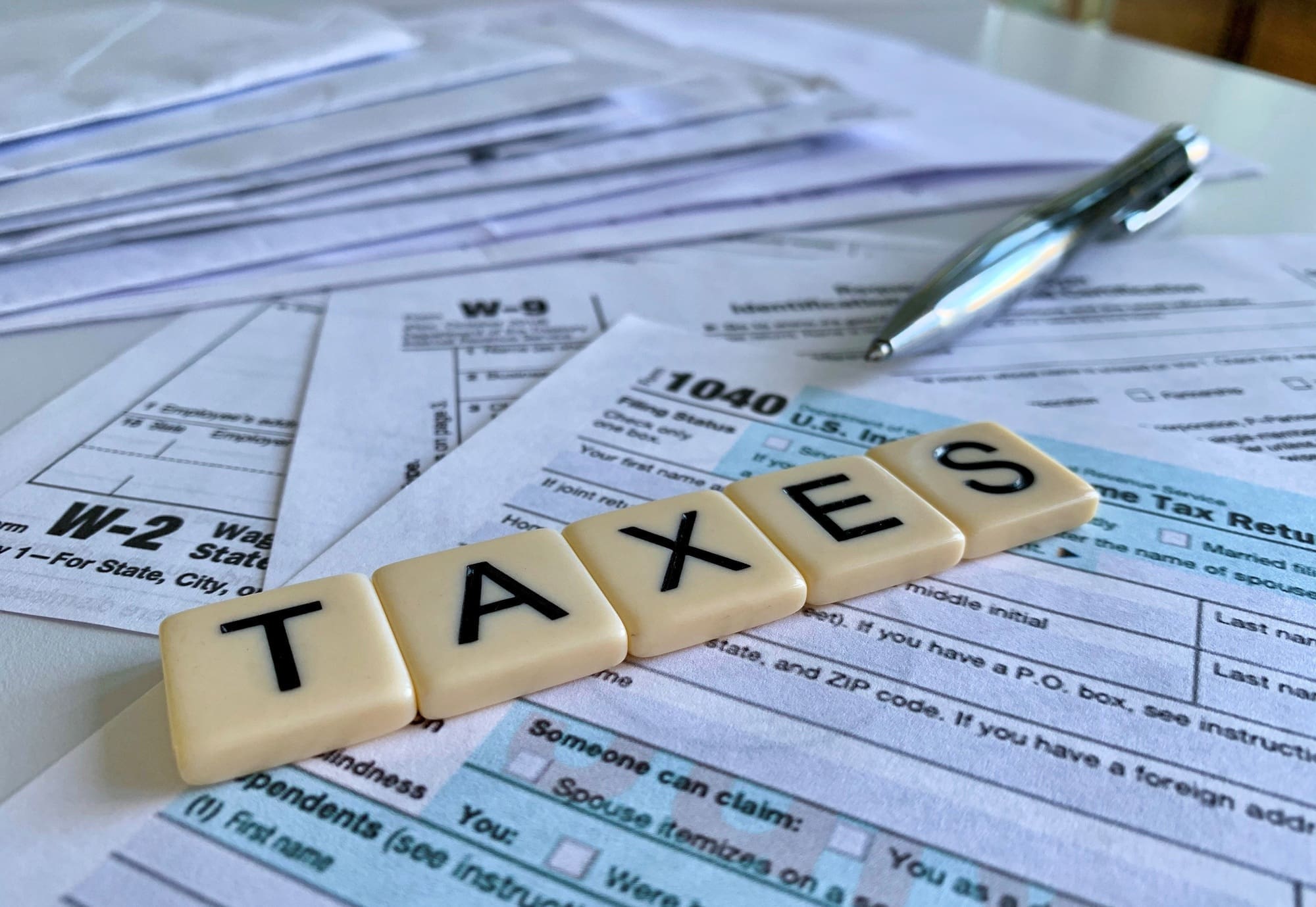At a basic level, exposed families should consider a professionally drafted Will as essential. Not only to ensure that material wealth passes as intended but also to ensure that the residential and transferrable residential nil rate bands are not inadvertently compromised. Keeping the value of the overall estate below £2m should also be a priority where possible for taper relief purposes. These efforts alone could secure up to £140,000 of tax saving. If gifting strategies are not practical, then insurance-based trusts and an AIM portfolio may help providing one can establish clarity on provider and introducer fees or commission and trail commission.
Where estates run into the millions, tens of millions or more the cost of procrastination and complacency can be truly eye watering. A business, whether trading or investment in nature, is often the source of family wealth in these circumstances and failure to plan often guarantees a 40% tax hit with the tax payable within six months of death as a condition of probate. If a business owner leaves the most crippling business expense of the business to chance and to others, it will never be perceived as sound management by the beneficiaries of their estate when it is clear that action could have been taken in the owner’s lifetime. It will usually be seen as self-indulgent and lazy. Complacency can also be a real cause of succession issues and a source of future family disharmony. Lifetime planning may not eliminate inheritance tax but it can keep it to manageable level and preserve the inherited business so that it becomes a true legacy for generations to come. But that outcome will not occur without planning by owners and their successors in the owners lifetimes.
The alternative is to do what many do … nothing or just go through the motions. That is why the inheritance tax take is increasing.
The Office for Budget Responsibility anticipates a drop in house prices of 9% between December 2022 and Autumn 2024. This will reduce the exposure of those at the margins. However, the amount of inheritance tax will nevertheless sharply rise and we return to the real reason behind rising inheritance tax.
Almost all successful inheritance tax and estate planning has at its core an identifiable asset which the testator wishes to leave as a specific legacy. That makes planning tangible and real. At the lower end it is often the house to pass on to the kids (even though the first thing the kids will do is value it for probate and then sell it) but above that it tends to be what is regarded the family trading or investment business.
There is the opportunity and driving motivation for most of us. A specific legacy of tangible property to the next generation. To ‘do the right thing’ and to be remembered for it. Inheritance tax efficiency is nice in principle but it is rarely enough on its own!



